Divers search the HMS Erebus and Terror
GJOA HAVEN , Nunavut -- A tiny dot of fuchsia bobs livid against the deep blue Arctic sea at a GPS point known only to selected researchers and the few local hunters who guard it.
Anchored somewhere in Wilmot and Crampton Bay off Queen Maud Gulf, the buoy could not be more remote. Even the Inuit seem uncertain about what to call the islands -- mere rock-strewn smudges of sand -- that dot these waters.
That is about to change.
The buoy marks where, 10 metres down, Sir John Franklin's flagship the Erebus rests on the bottom, heaving up and down in the undersea swells as if breathing. Its lonely moorage will soon be home to one of the largest and most complex archeological excavations Canada has ever mounted.
Now, six archeologists camp out on a beach near the site. They dive from a small inflatable boat, subject to the vagaries of wind and wave.
By this time next year, a dedicated research vessel big enough to sleep 14 will be moored here. Alongside will be a barge, loaded with everything from artifact-cleaning tables to a hyperbaric chamber for divers if they get into trouble.
Vacuum dredges will suck sediment topside where workers will search it for anything from buttons to musket balls. A hydraulic crane will lift heavy items. Multibeam sonar will scan the site.
Divers, wearing suits trailing air hoses and communication lines and warmed by hot water pumped from the surface, will spend hours combing the wreck.
"I've never seen a case where shipwrecks have so much to contribute to a story," says Marc-Andre Bernier, head of Parks Canada's underwater archeology team.
The Franklin Expedition is one of the great legends of Arctic exploration.
The Erebus and its sister ship the Terror -- which lies in deeper water just to the north in King William Island's Terror Bay -- set out from England in 1845 with 129 men to search for the Northwest Passage. They never returned.
A message found in 1859 by a search vessel said both ships were trapped in ice in late 1846 and remained so for about 18 months. It added that in April 1848, 105 survivors headed out on foot. None survived.
More than 30 expeditions have since tried to find them. A few artifacts, graves and horrible tales of cannibalism is all they had to show.
In 2008, Parks Canada joined the effort.
Using a blend of Inuit oral history and systematic, high-tech surveys, the Erebus was found in 2014 to excited headlines around the world. Since then, Parks Canada has been working to understand what's down there -- and what light it could shed on a story that has become part of Canadian lore.
"The degree of preservation is astonishing," says Charles Dagneau, one of the archeologists. "Typically, we deal with shipwrecks that are collapsed, split open, covered with sediment. This is a 3D structure so well preserved that you can actually see furniture in place."
The helm remains in position. The latrines are still in place. The cook's galley is there, complete with stove. So is the steam engine, one of the earliest outfitted for a ship.
The Erebus sailed with a 3,000-volume library, equipment to print a ship's newspaper and materials to stage amateur theatricals. It held a Daguerreotype camera -- capturing, maybe, images from the voyage.
The wreck is expected to offer compelling insight into the lives of both officers and rank-and-file seamen.
"There is, for example, a seaman's chest," says Dagneau. "They would sit on it, eat on it, but they would also store their personal belongings (in it). One of them is right next to the forward ladderway. We're going to look at excavating it and retrieving its content."
Ice has crushed the deck atop Franklin's cabin, but the contents should remain.
"We're hoping to find many things here -- personal artifacts that relate to individuals, but also records, documents saying what happened to the expedition after the abandonment of the vessel and why these vessels were abandoned and where they were abandoned."
These will not be anonymous artifacts.
The names of the ship's crew are known. Government of Nunavut archeologist Doug Stenton has already developed a DNA database of 19 of them and the divers sense their presence.
A belt plate has been linked to Daniel Bryant, sergeant of the Royal Marines.
A boot has surfaced, well-made and decorated with seal fur. Traces of skin inside retain enough DNA to be identified.
"That artifact in particular was, for me, wonderful," Dagneau says. "I felt like I was excavating the wardrobe of one of the officers on board."
Where objects are found could also shed light on interactions with Inuit. A pile of unrelated objects found together may suggest hunters were scavenging useful items before the Erebus sank.
A total of 64 artifacts, including the ship's bell, have already been recovered. Many are now on display at the National Maritime Museum in London.
Their ultimate fate is in dispute. As a warship, the Erebus and its contents remain the property of the Royal Navy. The United Kingdom, however, has granted Canada "care and custody." Nunavut has its own claim, pointing to a clause in its land claim giving it ownership of archeological sites within its boundaries.
The matter is under discussion by the Franklin Interim Advisory Committee, which includes representatives from Nunavut, Ottawa and the nearest communities.
"Governments used to take artifacts and simply tell the side of the story that they wanted to tell," says Parks Canada CEO Daniel Watson. "This approach is to make sure that the Inuit, who've been part of this story for longer than those of us in southern Canada, are able to make sure that story's told.
"The stories around artifacts, what happens with the artifacts, that'll all be part of the conversations with the advisory committee."
Meanwhile, the site is watched by four Inuit guardians who, from their camp beside the archeologists, are able to spot any intruders. The RCMP, Transport Canada and the Canadian Coast Guard also keep an eye out -- as does National Defence from satellite monitors.
"The likelihood of a large ship making its way to this area unobserved is small," Watson said.
"And it's a long way out. Anybody who is coming in will have been observed. The system as a whole has a good sense of who is coming into this area and who's leaving the area."
The study of the Erebus is just beginning. Its location -- much further south than it could possibly have drifted in sea ice -- has already raised questions of whether the ship was remanned after being abandoned.
The real fun is about to begin, says archeologist and project manager Ryan Harris.
"The next step is targeted excavation, and that's the exciting bit for an archeologist."
From beneath the icy waves, more than 170 years after the mystery was born, science and Inuit history are about to resurrect what may be the most we'll ever know about a story that poets, novelists and artists have already turned into myth.
"What excites me is the anthropology of these ships, the lives of these men as they went through what must have been a terrible couple of years," Harris says.
"In these two shipwrecks that preserve so much of the crew's spaces inside, we're afforded the opportunity to study the lives of these men -- in extremis -- as they stared over the precipice."
(Bob Weber The Canadian Press)



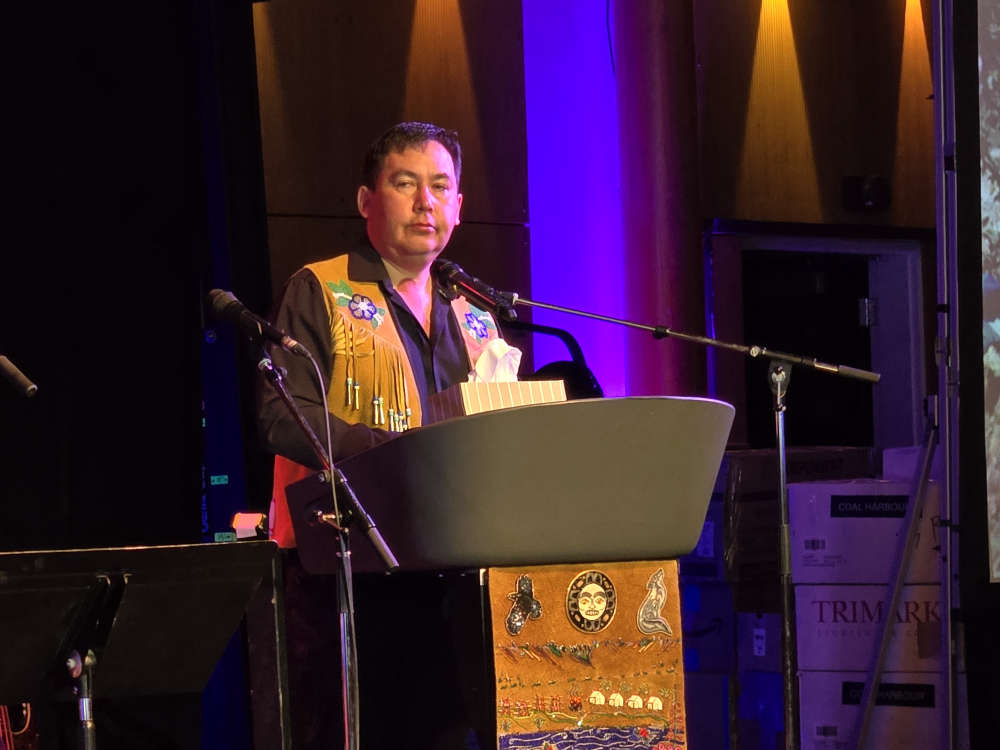 Kwanlin Dün First Nation celebrates 20th Anniversary of Final Agreement
Kwanlin Dün First Nation celebrates 20th Anniversary of Final Agreement
 Yukon RCMP Traffic Services are investigating a collision between a police vehicle and a cyclist
Yukon RCMP Traffic Services are investigating a collision between a police vehicle and a cyclist
 Former teacher calls out education minister for inaction
Former teacher calls out education minister for inaction
 Yukon RCMP issue arrest warrant
Yukon RCMP issue arrest warrant
 Yukon Native Hockey Tournament kicks off its 45th anniversary with more teams than ever before
Yukon Native Hockey Tournament kicks off its 45th anniversary with more teams than ever before
 Whitehorse RCMP search for missing man
Whitehorse RCMP search for missing man
 B.C. man, two Watson Lake residents arrested on warrants in Whitehorse
B.C. man, two Watson Lake residents arrested on warrants in Whitehorse
 Ross River RCMP arrest two men in separate, unrelated investigations involving stolen rifles
Ross River RCMP arrest two men in separate, unrelated investigations involving stolen rifles
 Medical Staff Association president raise "significant concerns" surrounding acute care at Whitehorse General
Medical Staff Association president raise "significant concerns" surrounding acute care at Whitehorse General
 Whitehorse count indicates 83 per cent of homeless in 2024 were Indigenous
Whitehorse count indicates 83 per cent of homeless in 2024 were Indigenous
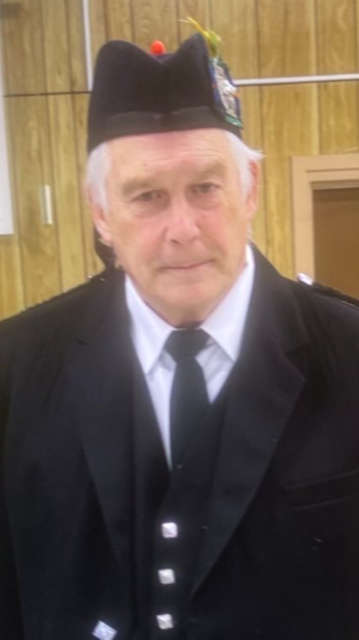 Whitehorse RCMP seek public's help in locating missing 73-year-old man
Whitehorse RCMP seek public's help in locating missing 73-year-old man
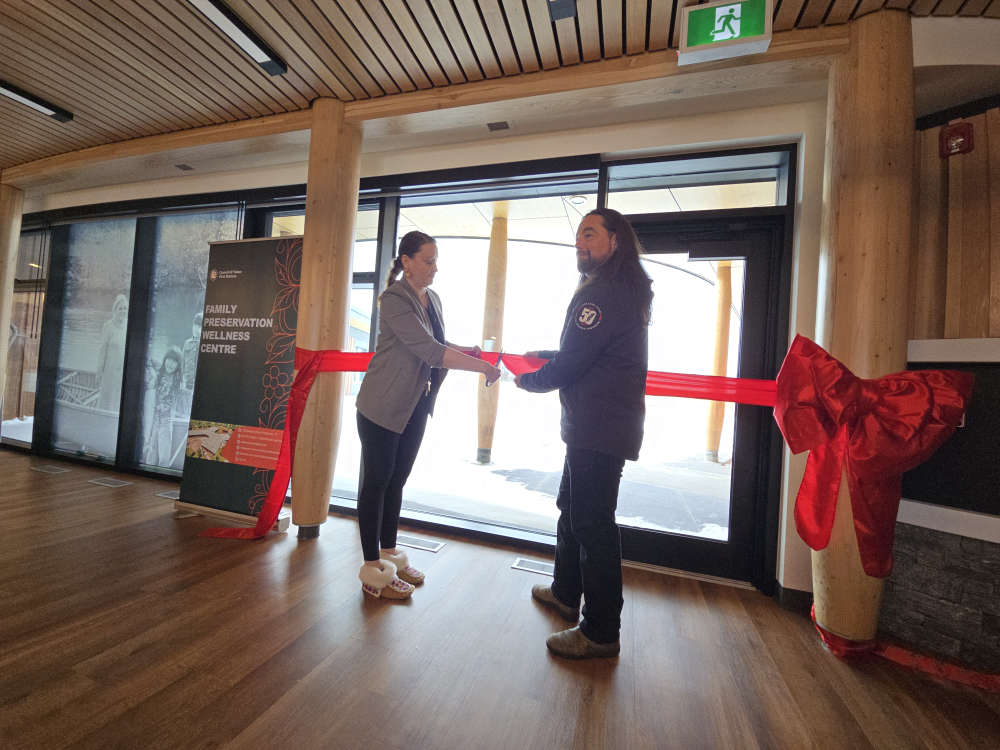 CYFN opens new wellness centre in Whistle Bend
CYFN opens new wellness centre in Whistle Bend
 'Old Crow a Philosophy' makes global premiere at YAC
'Old Crow a Philosophy' makes global premiere at YAC
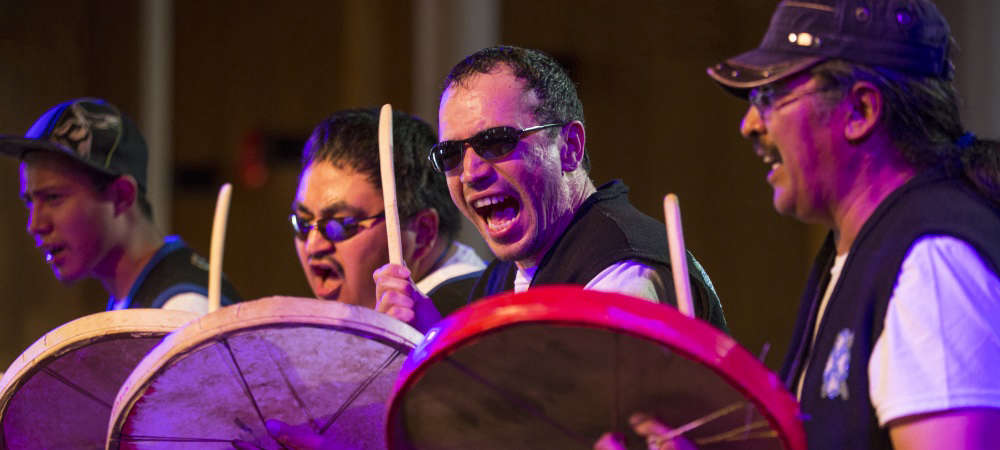 Yukon First Nations Culture and Tourism Association cancels events for 2025, including Adäka Festival
Yukon First Nations Culture and Tourism Association cancels events for 2025, including Adäka Festival
 Whitehorse residents and Yukon NDP speak out against a proposed transit fare hike
Whitehorse residents and Yukon NDP speak out against a proposed transit fare hike
 Diane Strand wins Haines Junction mayoral byelection
Diane Strand wins Haines Junction mayoral byelection
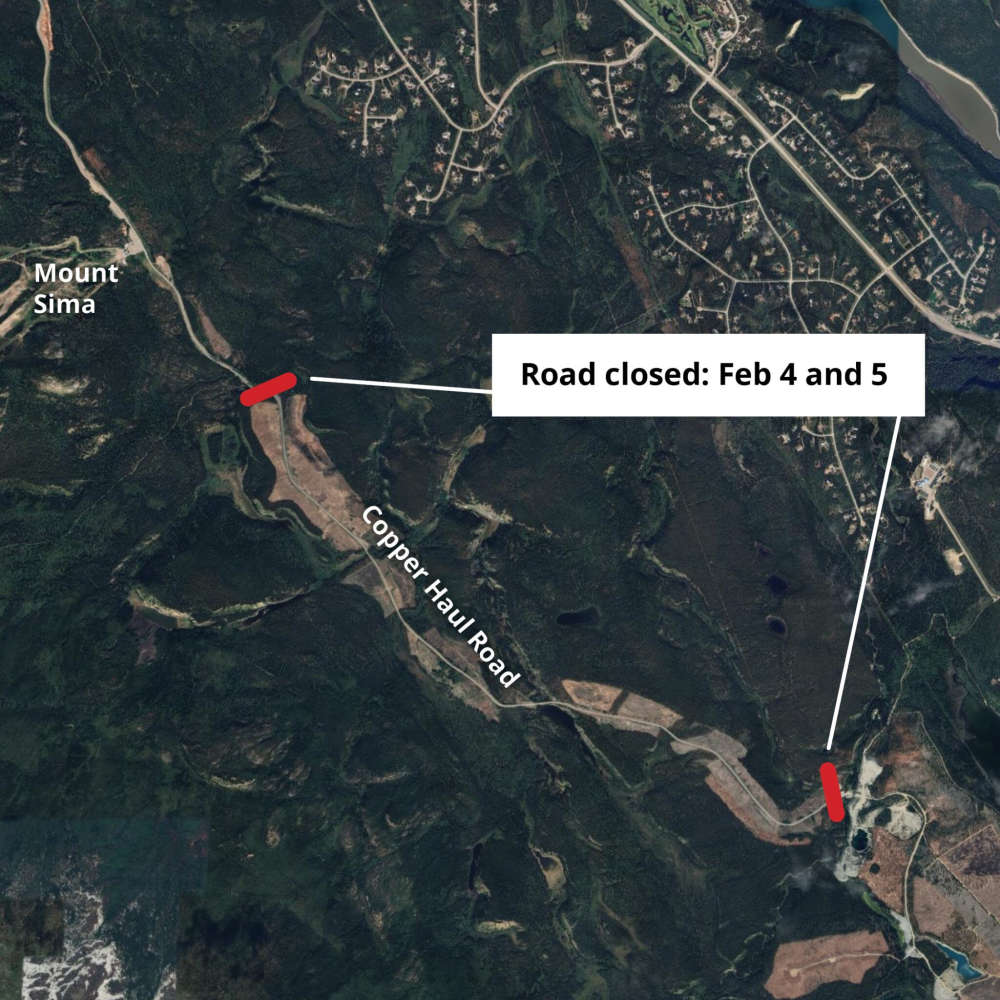 Copper Haul Road closure announced for bridge repairs
Copper Haul Road closure announced for bridge repairs
 Yukon Government and Canadian Government partner to boost local businesses
Yukon Government and Canadian Government partner to boost local businesses